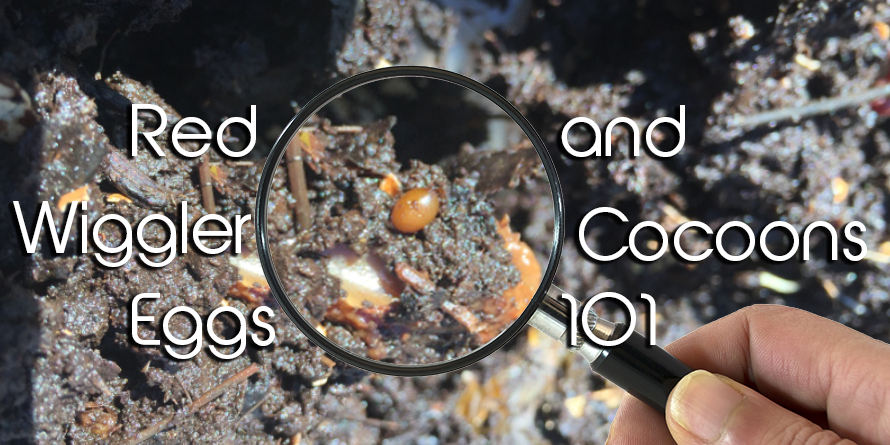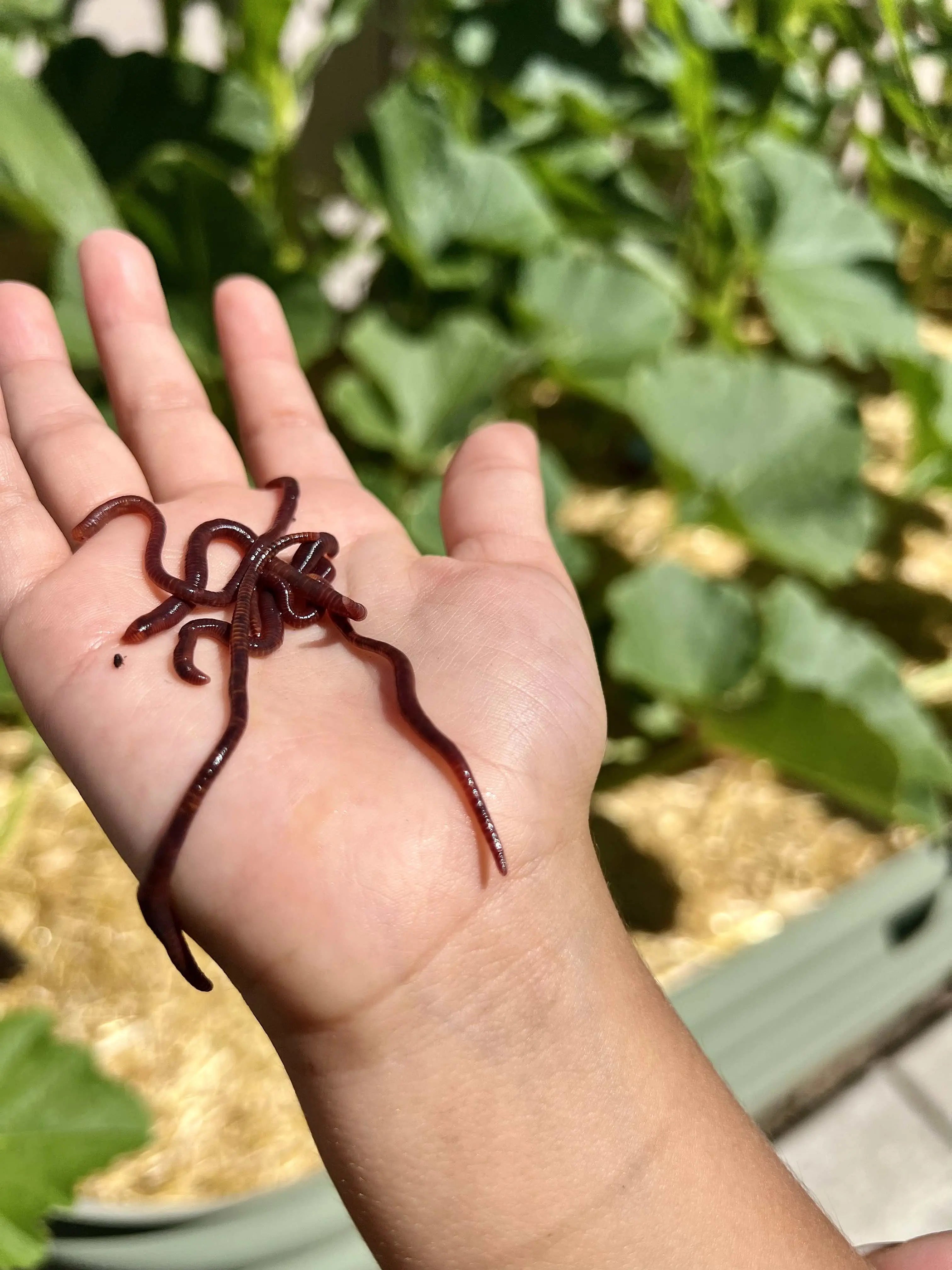The Amazing Globe of Red Wigglers: Increase Your Dirt Fertility Today
The duty of red wigglers, or Eisenia fetida, in boosting soil fertility is a topic of growing passion among garden enthusiasts and agricultural specialists. These small yet efficient microorganisms transform organic waste right into beneficial worm castings, substantially boosting soil wellness and advertising sustainable practices. As we check out the advantages of vermicomposting and the functional actions to develop an effective worm bin, the possible effect of these worms on your horticulture success comes to be progressively obvious. Understanding the subtleties of their care and application might just transform the method you approach soil monitoring. What insights can be obtained from incorporating these impressive animals into your horticulture regimen?
Recognizing Red Wigglers
Red wigglers, medically referred to as Eisenia fetida, are a species of earthworm that play a critical role in improving soil fertility. These worms prosper in organic-rich environments, such as compost heap and rotting plant product, where they take in organic waste and eliminate nutrient-dense castings. Their unique makeup, including a segmented body and a clitellum, permits them to duplicate swiftly and effectively process large quantities of organic matter.

The eco-friendly value of red wigglers prolongs beyond plain waste handling; they add to the dirt food internet, fostering a varied community of bacteria that better improve soil health. Recognizing the biology and actions of red wigglers is essential for using their complete capacity in sustainable farming and gardening practices.
Advantages of Vermicomposting
(Lake Rhodhiss Bait)Utilizing the power of red wigglers with vermicomposting deals various advantages that significantly enhance soil health and wellness and fertility. One of the main advantages is the manufacturing of nutrient-rich worm castings, which are an exceptional natural fertilizer. Red Wiggler Express. These castings consist of essential nutrients like nitrogen, phosphorus, and potassium, advertising robust plant development and enhancing crop yields
The visibility of worm castings enhances soil texture, enabling for better water retention and drainage. Red wigglers aid damage down natural matter, increasing decomposition and recycling nutrients back into the dirt.
Vermicomposting additionally promotes microbial activity, which is vital for a healthy and balanced soil community. Beneficial bacteria flourish in the existence of worm castings, aiding in the malfunction of natural materials and improving vitamins and mineral schedule to plants.
Lastly, vermicomposting functions as an efficient waste administration option, minimizing garbage dump waste by reusing kitchen scraps and various other natural materials. This not only adds to ecological sustainability however likewise advertises a round economy within horticulture and agriculture.
Exactly How to Set Up a Worm Bin
Establishing a worm container is an uncomplicated procedure that can substantially boost your composting efforts. Begin by picking a proper container, which can range from a readily available worm bin to a basic plastic or wooden box (Red Wiggler Express). Make certain the container has appropriate ventilation; little openings in the cover and sides will promote air circulation
Following, develop a bed linen layer to supply a comfy setting for the red wigglers. This can be made from shredded newspaper, cardboard, or coconut coir, dampened to a directory damp, sponge-like uniformity. Load the bin to around one-third full with this bed linens product.
As soon as the bedding is prepared, it's time to introduce the worms. Red wigglers prosper in organic waste, so location them gently onto the bedding. Cover the worms with a light layer of additional bedding to help them adapt.
Feeding Your Red Wigglers
Supplying the ideal food for your red wigglers is vital for their health and wellness and the effectiveness of your composting system. Red wigglers prosper on a different diet regimen, mainly being composed of natural products such as fruit and veggie scraps, coffee premises, and shredded paper. These materials not just give essential nutrients yet likewise add to the microbial activity in the worm bin, which is critical for the worms' food digestion.
It is necessary to prevent particular foods, such as milk items, oils, and meats, as these can bring in insects and produce unpleasant odors. Furthermore, citrus peels and extremely zesty foods ought to be limited due to their potential to damage the worms. A well balanced approach to feeding entails checking the quantity of food introduced to the bin, ensuring that it is eaten within a practical timespan to prevent excess waste build-up.
To advertise optimal food digestion, it is advantageous to chop or shred larger food things prior to including them to the container. This method enhances the area for microbial activity, facilitating quicker decomposition and boosting the general performance of your composting system. On a regular basis observing the worms' feeding routines will certainly help you change their diet plan as needed.
Using Worm Spreadings in Your Garden

(Red Wiggler Express)Including worm castings right into your garden can be accomplished by mixing them into the dirt or using them as a leading dressing. The slow-release nature of these spreadings ensures that nutrients are offered to plants over an extensive duration, minimizing the need for synthetic fertilizers. In addition, worm spreadings contain useful microorganisms that promote healthy dirt communities, boosting the overall durability of your garden.
To take full advantage of the advantages, goal to apply about one component worm castings to three parts dirt in your planting beds. Regular applications can lead to enhanced plant returns and healthier plants, making worm spreadings a very useful resource for both amateur and skilled gardeners alike. By using this all-natural modification, you can cultivate a growing yard while contributing to lasting gardening practices.
Conclusion
Finally, red wigglers exhibit the important duty of vermicomposting in improving dirt fertility. Their capacity to transform natural waste into nutrient-rich spreadings substantially enhances dirt framework and sustains microbial diversity. Developing a vermicomposting system not just promotes lasting gardening methods yet also adds to eco-friendly health. By leveraging the benefits of these remarkable microorganisms, gardeners can cultivate much more productive and resistant communities, ultimately fostering an extra sustainable strategy to farming and cultivation.